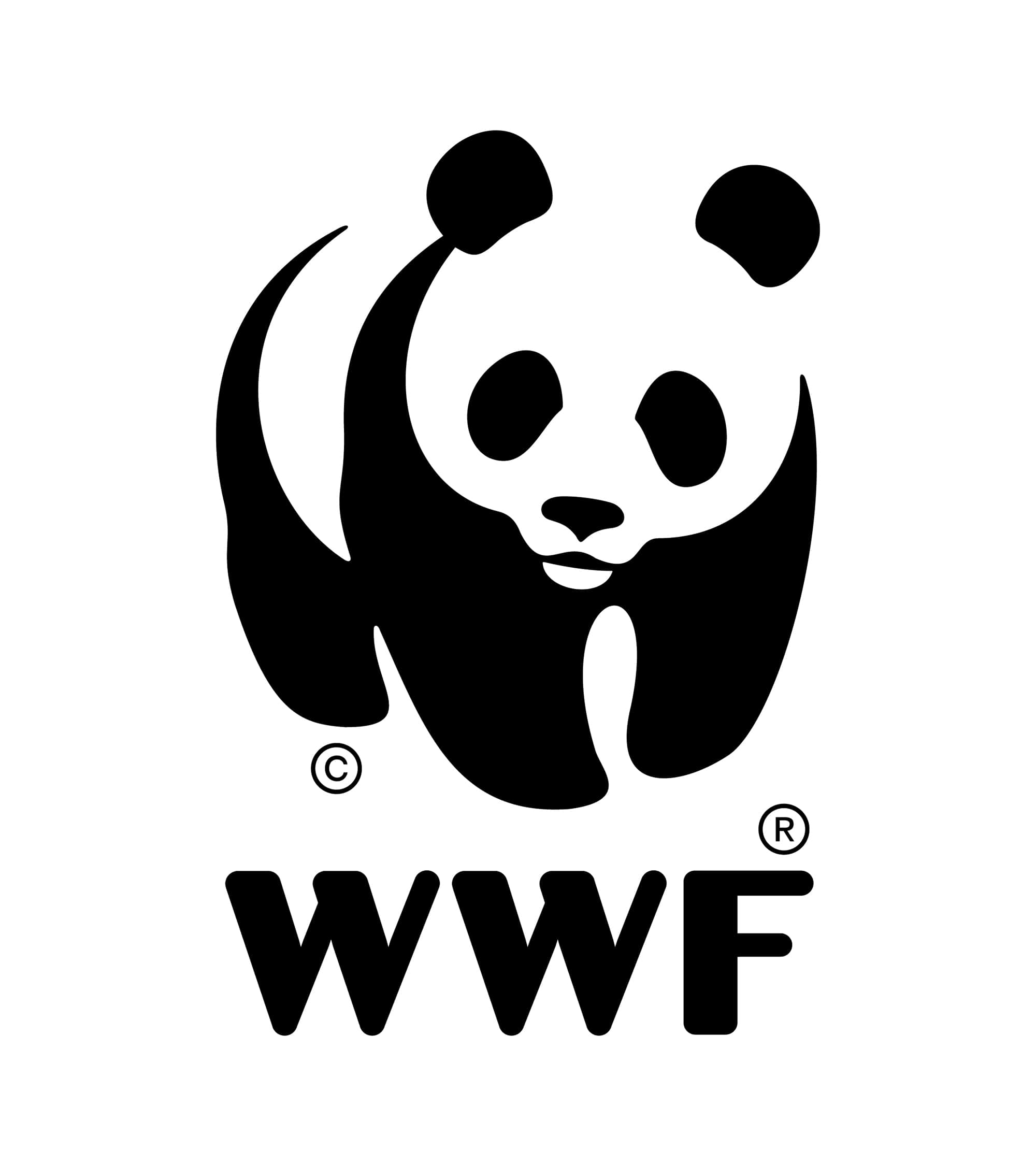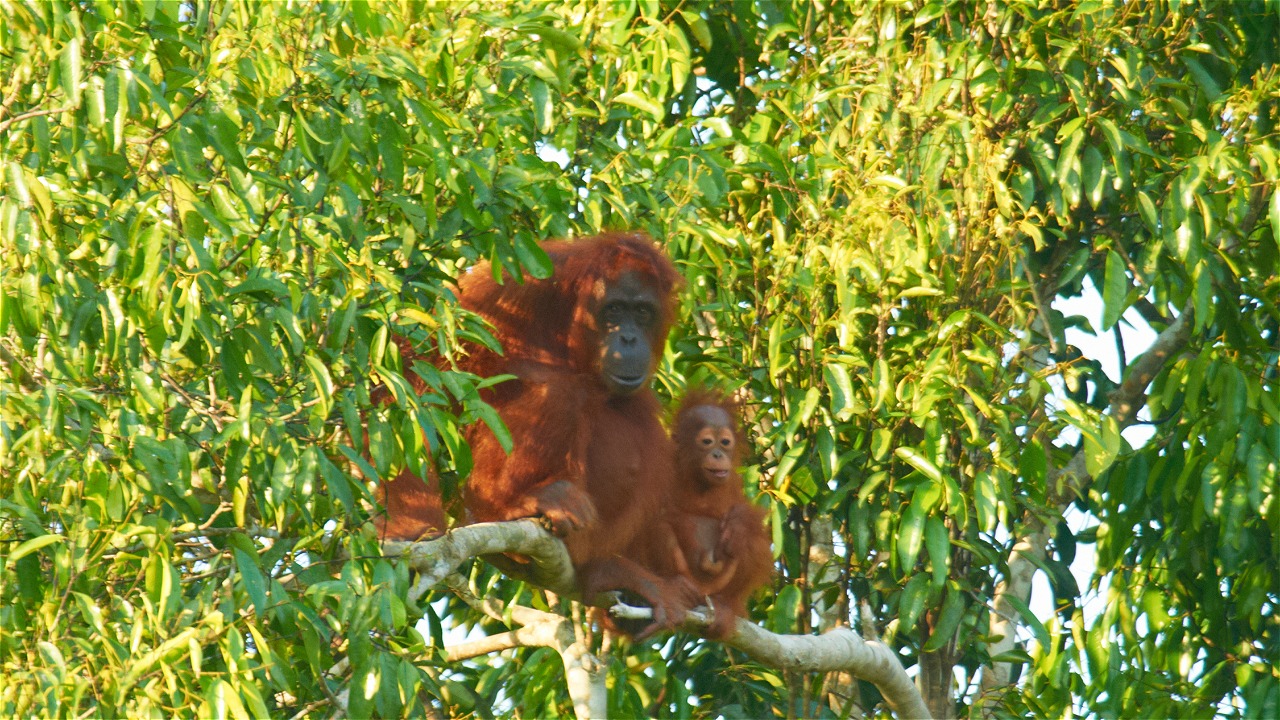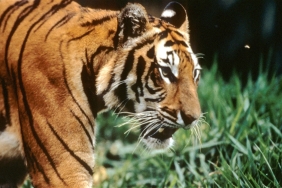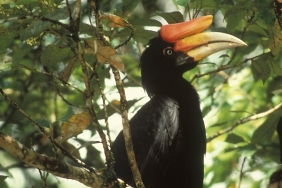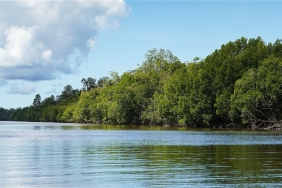CORRIDOR RESTORATION: SAVING ORANGUTANS BOOSTS ECONOMY
By: Hendri Ziasmono
WWF together with 42 families from three hamlets namely Sungai Sedik, Tekalong, and Sepan started restoration activities in the Bukit Lanjak area, Kapuas Hulu, West Kalimantan. The reforestation activity was carried out as an effort to restore the Bukit Lanjak ecosystem, which is now in an increasingly worrying condition. Ironically, this area actually has special value as a source of life for the community and orangutans (Pongo pygmaeus pygmaeus). Yes, in this area that connects Betung Kerihun National Park (TNBK) and Danau Sentarum National Park (TNDS), Borneo's charismatic species used to roam.
The restoration of the TNBK-TNDS orangutan corridor is realized through the replanting of orangutan food such as durian, dabai, and ucung as well as trees such as ulin and agarwood which are increasingly rare. The tree planting action is carried out by applying the rubber-based agroforestry method and tree species enrichment.
Planting with the community is a realization of the concept of community-based forest management. Initiatives and wisdom that have developed as part of local culture are fully involved in efforts to manage forests and the resources within them. But implementing the concept is not a smooth journey without obstacles.
"Thick face and steel mentality." That's the motto the WWF-Indonesia team took to heart when embarking on the process. Suspicion of land takeover by WWF and even rejection often occurred. The social condition of the community at that time was also full of challenges. The development gap between the two national borders caused many residents, especially the young people of productive age, to prefer to work abroad and leave their home areas. The only people left were parents, children and migrants. This situation led to the inability of the existing community to cultivate the land. As a result, there is a lot of abandoned land. This condition was exacerbated by incitement from outside and within the community to work in oil palm plantations. Through intensive approaches to the community and directly experiencing ""living"" in their midst, slowly the awareness of local people to value their own land began to build.
Starting from these conditions, restoration activities began through planning with the community in 2010. This planning material begins with formulating program objectives, identifying potential, and building dreams as a strategy through the potential of local resources and knowledge. Therefore, the types of trees planted are endemic trees and have been recognized by the community, and the source of seeds and seedlings comes from the surrounding area. Furthermore, field activities start from the construction of a nursery center as a means of seedling production and learning media, land measurement, planting, plant care, and monitoring plant development.
In the process of implementing activities, WWF encourages community capacity building through field schools as a learning pattern that emphasizes the principles of openness, equality, and knowledge sharing to solve the problems faced. The community's initiative to plant can be seen from their commitment in managing their forest areas. Planting for the community has a special meaning to maintain forest areas, especially those that are of high value and are water catchment areas, as well as preserving cultural values in the 12 tembawang locations in the restoration area with Multi Purpose Plants (MPTS) whose status is protected by customary rules. Until 2012, the community has planted 82,062 stems on an area of 300.985 ha in Lanjak hill.
Besides the technical aspects of cultivation, strengthening community institutions is an important effort to ensure the sustainability of the restoration program. The involvement of customary institutions and village governments as well as organizing activities are key factors for the sustainability of the program. WWF Indonesia facilitates the assistance of civil institutions through discussion activities, organizational training, and increasing access to community cooperation with external parties, especially the Kapuas Hulu Regional Government.
As an alternative business development in an effort to improve the community's economy through the Bukit Lanjak protected forest restoration scheme, WWF also developed a vegetable business venture by a women's group for the cultivation of peanuts and chives. The selection of peanuts and chives is based on the community's past experience with these two commodities. In addition, the relatively high demand and price of peanuts and chives around Lake Sentarum were also taken into consideration.
Direct economic compensation received by the community comes from the restoration nursery business that is absorbed, then managed by the group as capital for potential and productive business development with the spirit of mutual cooperation. This community-based restoration is expected to convince the parties that planting today is a commitment to make the earth greener and a better life.
